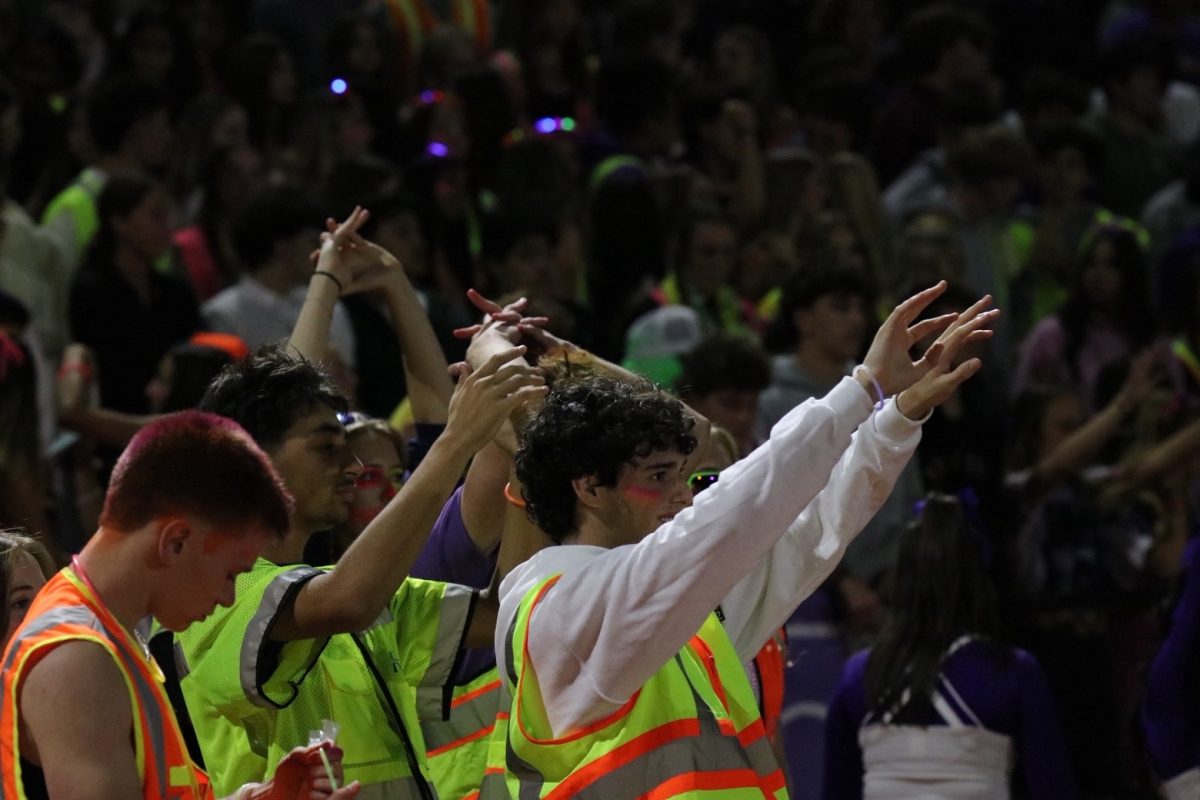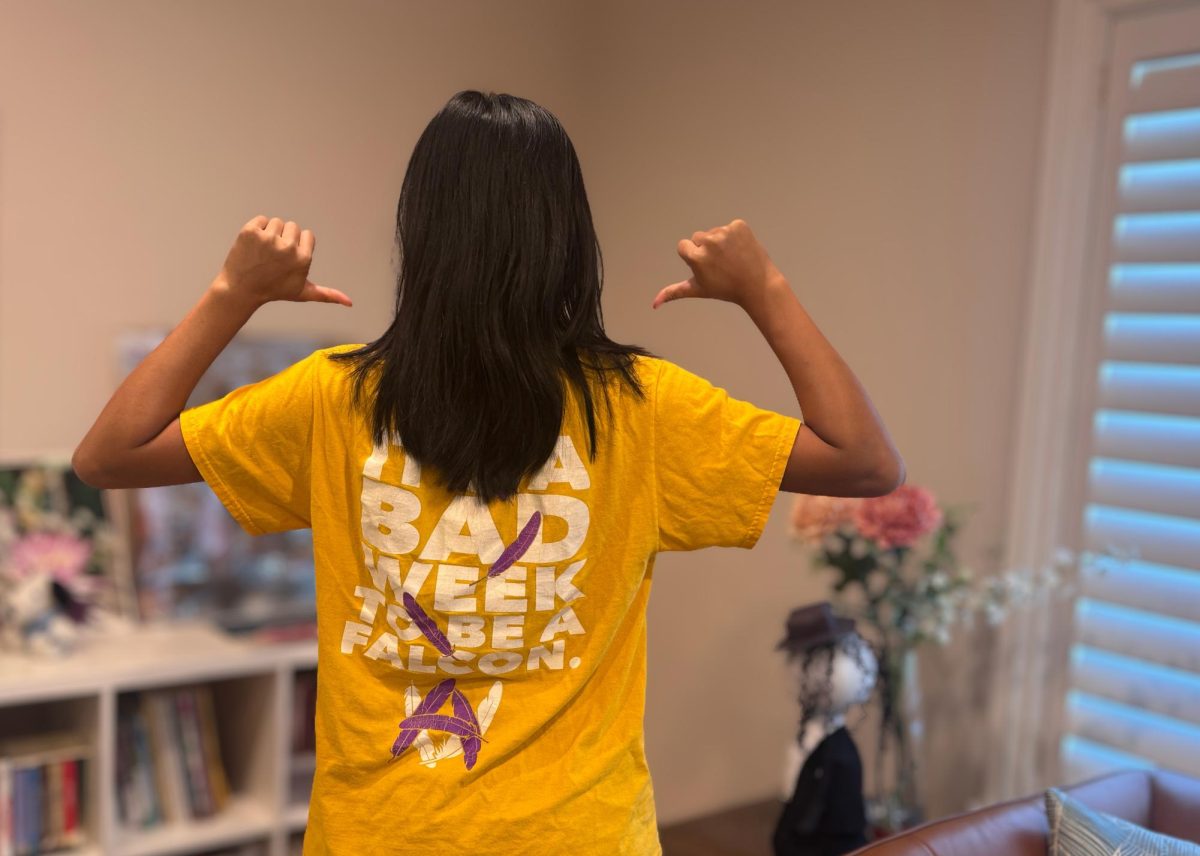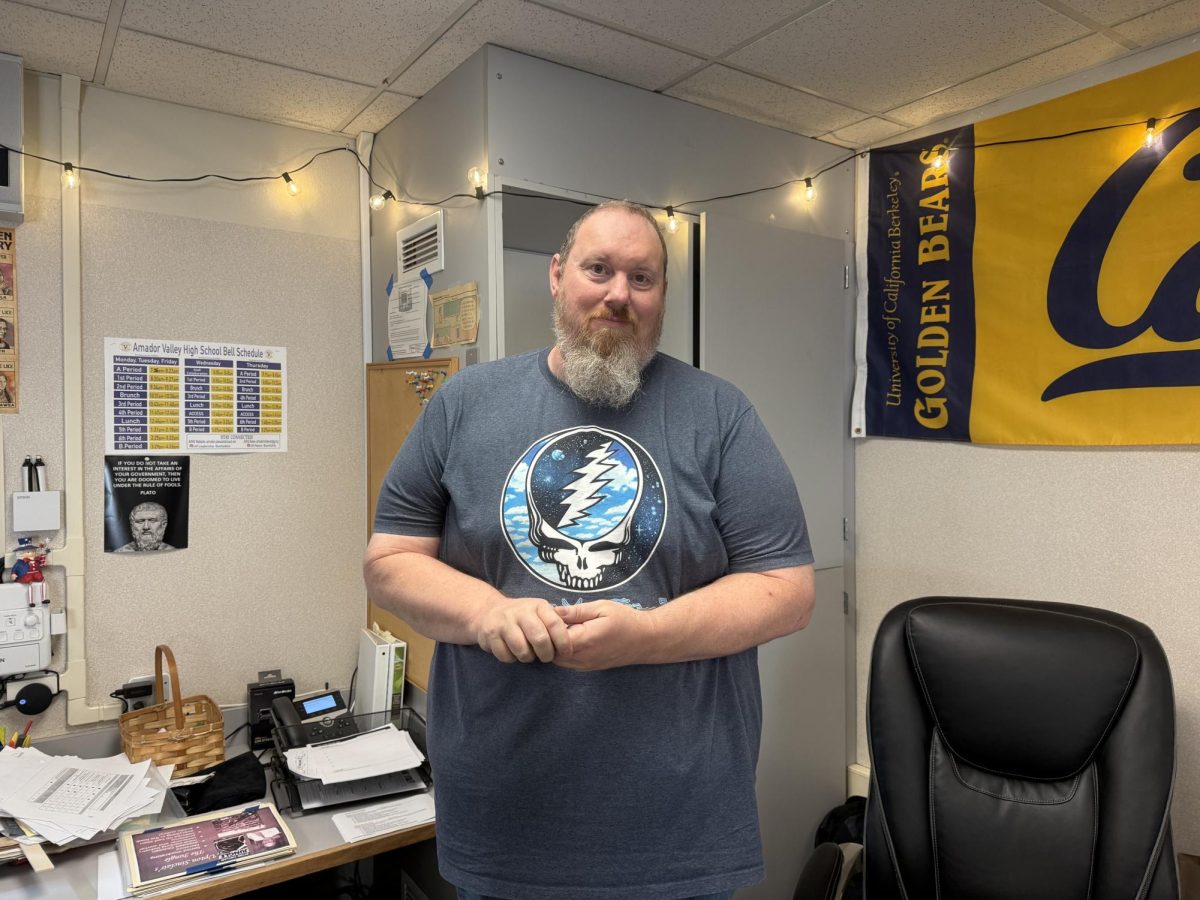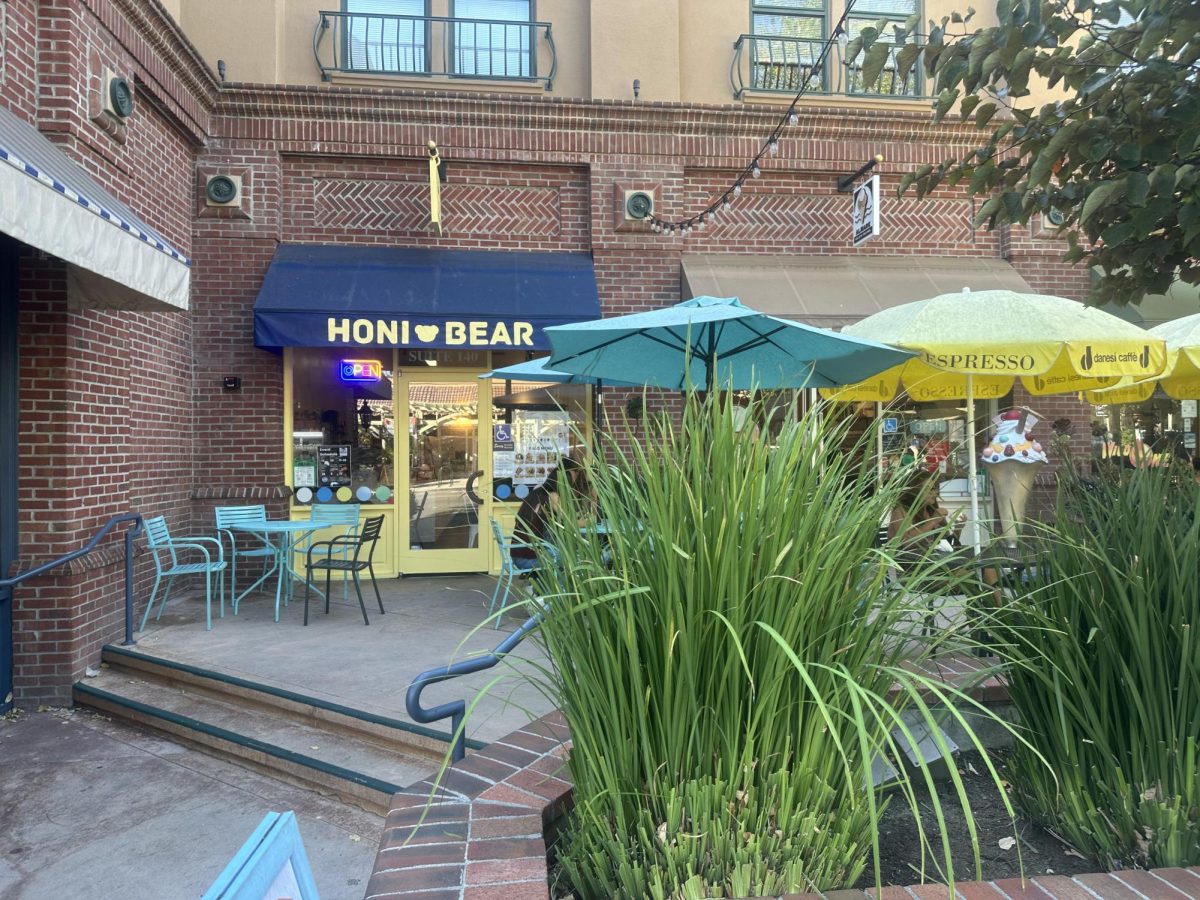In collaboration with local school districts, Las Positas Community College has rolled out new course offerings for high school students. The College and Career Access Program (CCAP) is intended to offer college level courses to high-school students at an affordable cost and with resources. With the growth of this program, many students have begun to wonder: what is dual-enrollment, and is it right for me?
What is Dual-Enrollment?
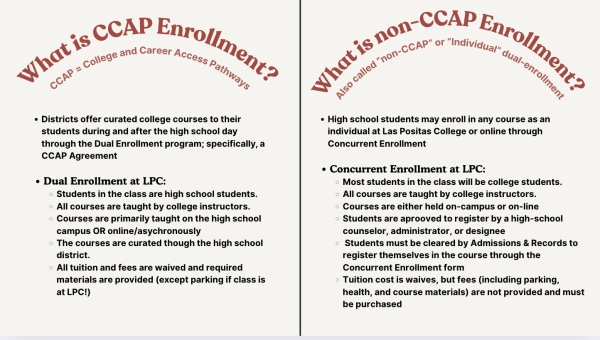
Las Positas College (LPC) offers two types of dual-enrollment programs, each designed for a specific student in mind.
“At its most basic level, dual-enrollment means that you are dually enrolled in high school and college at the same time. There are different types of dual-enrollment: CCAP dual-enrollment, which is a special enrollment through an agreement with the school district, and then there’s non-CCAP dual-enrollment, where a student independently registers for classes at Las Positas by themselves,” said Traci Peterson, dual-enrollment counselor at Las Positas College.
Comparing the Dual-Enrollment Programs
Established in 2023, Las Positas’s CCAP program allows districts to curate courses to their students’ strengths. The program itself varies between school districts—for instance, with the San Ramon School District, Las Positas offers a welding class to fulfill the agricultural pathway. By doing so, the district is able to cover all fees and tuitions for the student, granting opportunity to students to explore different career paths.
“When you enroll in a CCAP class, it’s from a curated list that the district has decided on. We’re always working on pathways with the district, so that the classes are going to count towards something—they can count towards a GED, they can count towards a transfer, and they can count towards a CTE certificate,” said Peterson.
Still, many choose to go with the non-CCAP pathway, which allows for more freedom in course selection, but offers less resources from the district.
“When an individual takes non-CCAP classes, if they’re not meeting with a counselor or being intentional with how they’re planning, they may just be taking random classes; they’re earning college credits, but it’s not building to anything.” said Peterson.
Breaking Barriers, Opening Pathways
While many universities recommend applicants to enroll in “competitive” classes, courses like Advanced Placement® can be out of reach. For many, the cost of taking the exams may be inaccessible, with students sometimes spending upwards of a thousand dollars in total for their exams. Moreover, especially for those with learning disabilities, having one test determine the course’s credit may be unfair.
“It costs money to take the Advanced Placement tests, and that can be an equity issue or a barrier for some students. And to have whether or not it counts depend one one test…that’s a lot of pressure. Whereas with dual-enrollment, if you pass the class, it counts, and you get the college credit,” said Peterson.
Pursuing Passions
Moreover, for students who already have an idea of their career-path, the program has been a key in developing their passions.
“In Amador’s journalism class, we’re actively creating and publishing media, but what we’re really studying in this class is the effect that media has. I think that has brought me a useful introspection to journalism—when I’m writing, editing, or posting a story, it’s brought me that perspective of: ‘How is this going to affect our community?'” said Aakanksha Balachander (’26), LPC Media Studies student and Editor in Chief of Amador Valley Today.
Similarly, the program has helped students rule out unsuitable career-pathways that may not be for them. Because CCAP waives all tuition and fees, students are able to explore any field without the pressure of cost.
“I wasn’t sure if the course was going to be available next year, and since it was such a niche topic, I wanted to try it out before I lost the opportunity. I don’t think I would do something specifically in oceanography, but I do think it was a good introduction to the environmental field as a whole,” said Jasmine Wang-Jethi (’29), enrolled in LPC’s Oceanography course.
Beyond the Classroom
While the idea of dual-enrollment may be daunting, Las Positas acknowledges the different kinds of learners that attend their college. CCAP courses are designed with high-school students in mind, and consider the workload students may have. Thus, with some self-reflection, students can decide whether dual-enrollment is the right pathway for them.
“Think about whether you can add another course to your course load before enrolling. We’re all doing a lot of different, important things, so if you can’t add it, there’s no shame in deciding you can’t take on another class—it doesn’t make you a bad student,” said Balachadar .
Las Positas College offers numerous resources to its students, including both academic, financial, and emotional support.
Resources
Moreover, the college offers countless resources to students, ensuring their success.
“All of our dual-enrollment students can take advantage of any of our resources: we have a tutoring center, a library with an amazing staff, and even a Reading and Writing Center, where students can get feedback on a paper to them ahead of time. Beyond that, if someone needs mental-health support, we have a basic needs station in case a student needs food, toiletries, or basic needs. There’s no reason for a student not to do well in a class—if you need help, we will find you the support,” said Peterson.
With the mounting pressure for high-schoolers to pursue a stable career, the program offers students a chance to figure out what they are passionate about. Above all, administrators designed the program as an opportunity for high-school students to explore their passions.
“You can explore and experiment, and it’s not bad to take a class that may not be on a pathway. If you take a class and think, ‘It’s really not for me,’ then that’s okay! The class was free, and you were still learning.” said Peterson.




